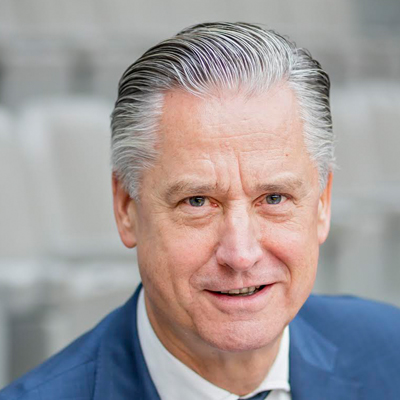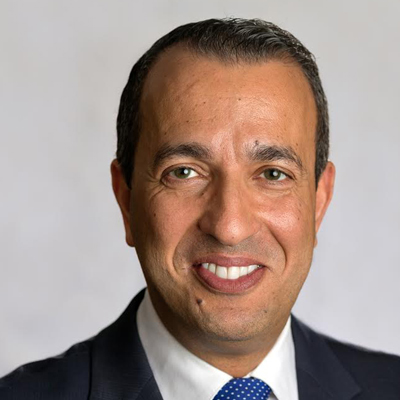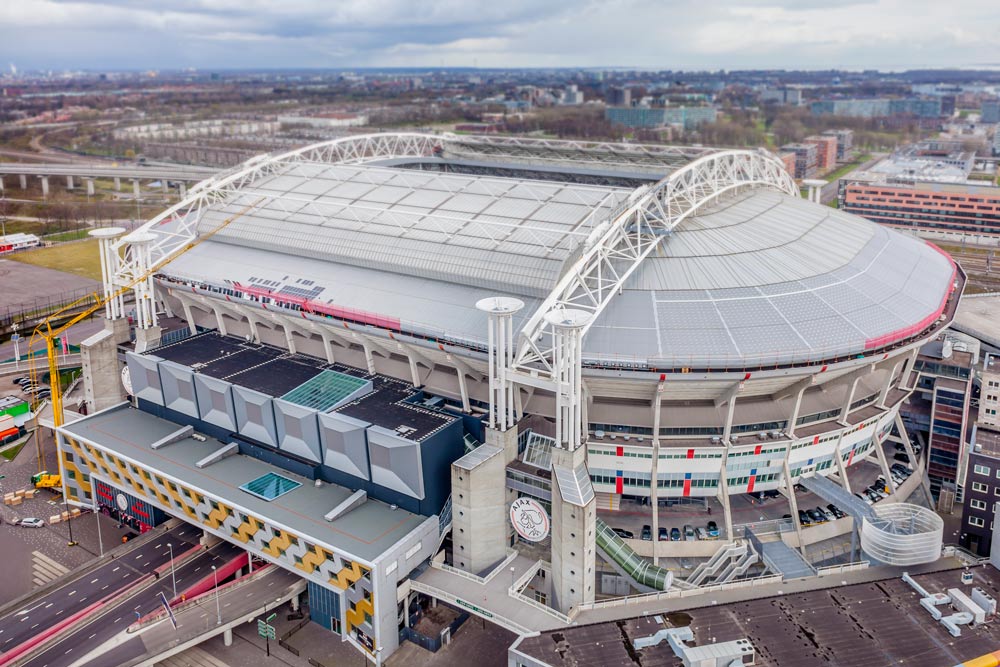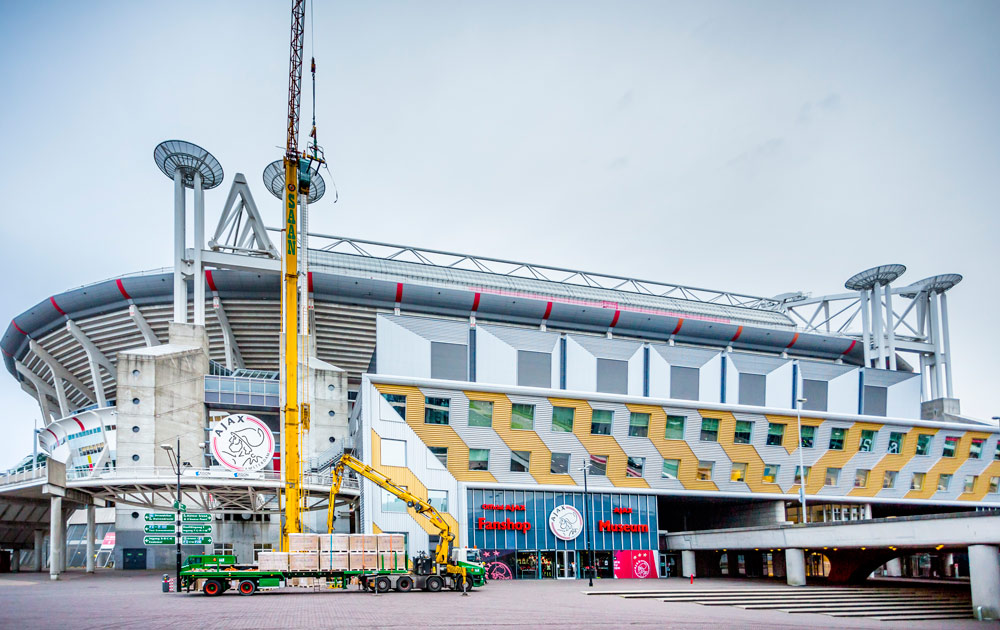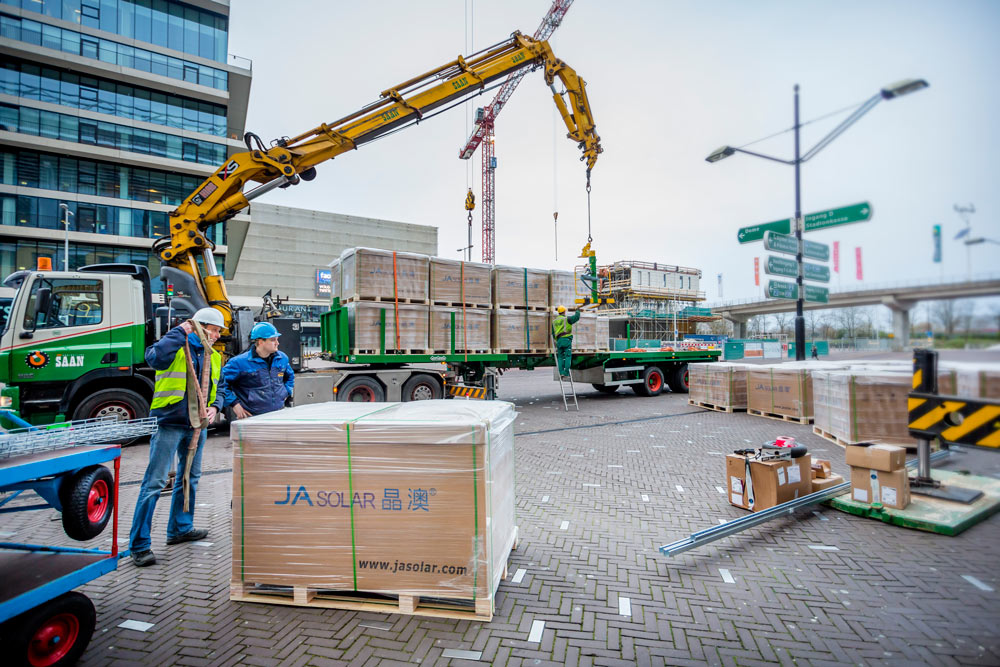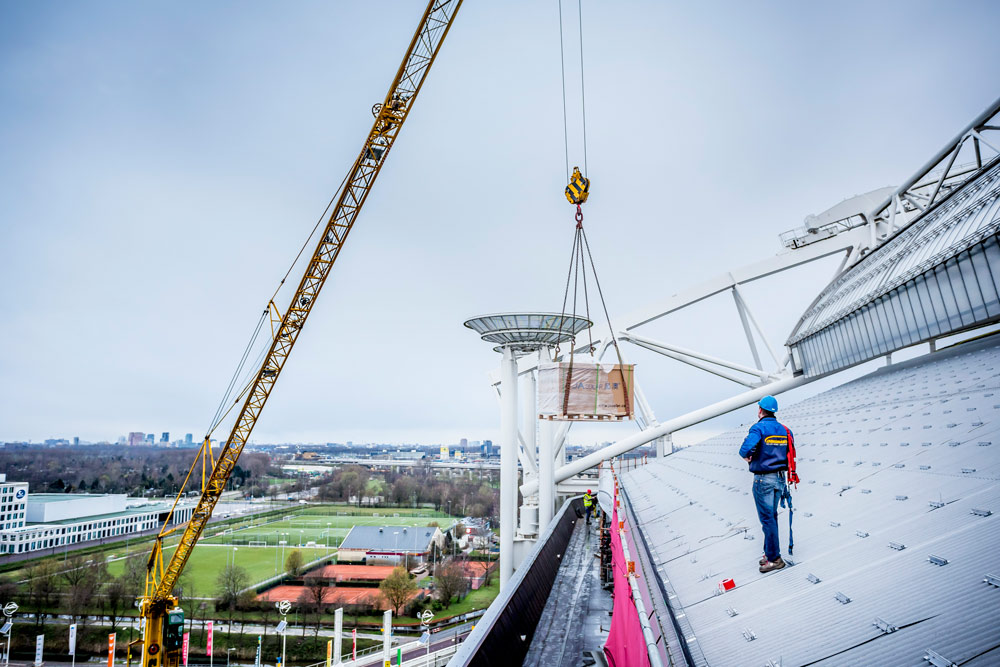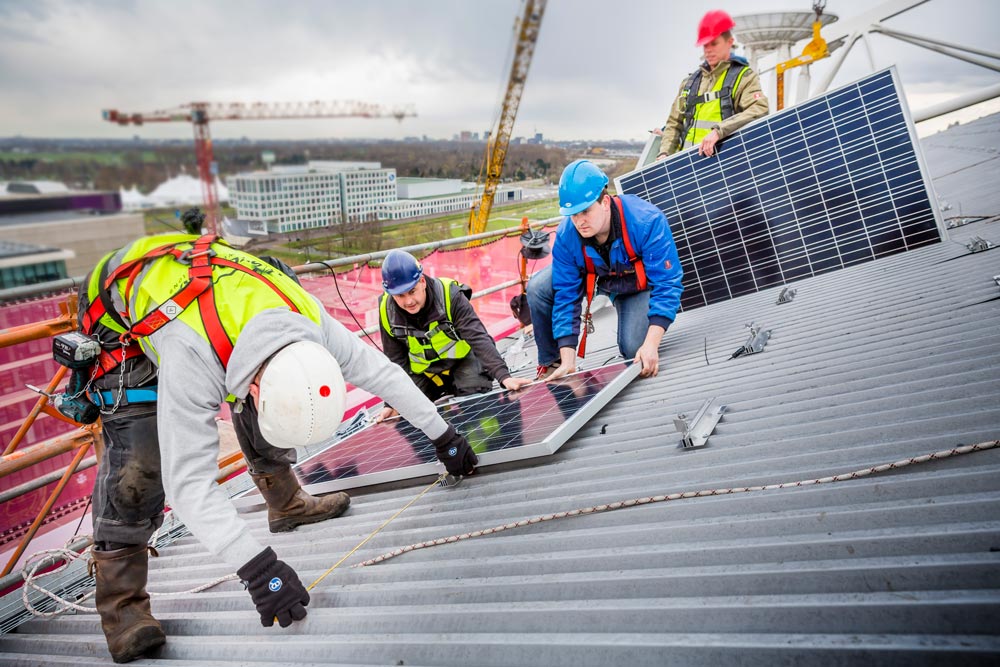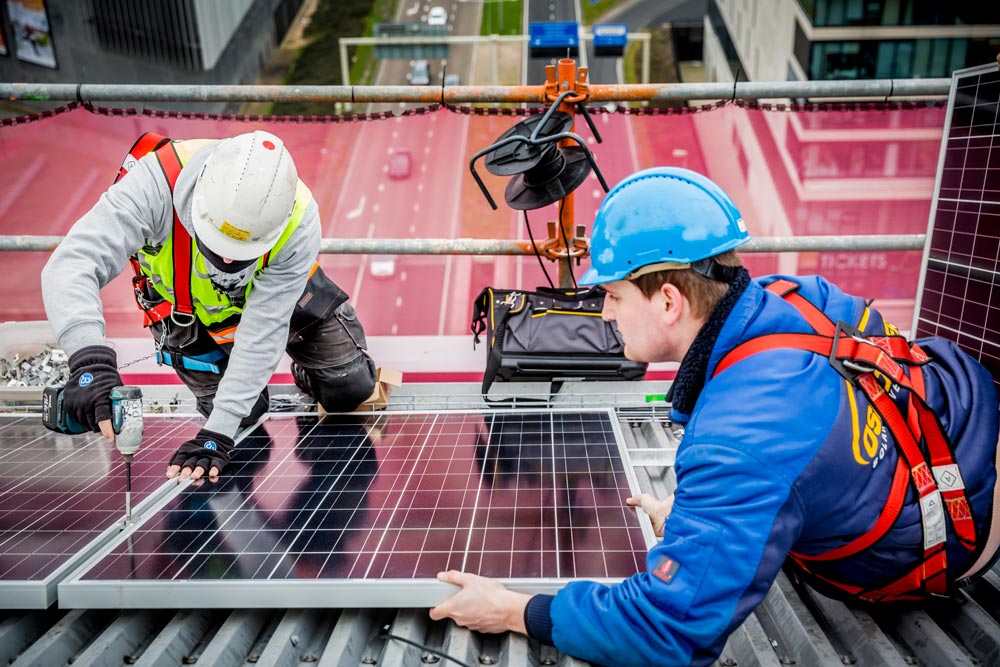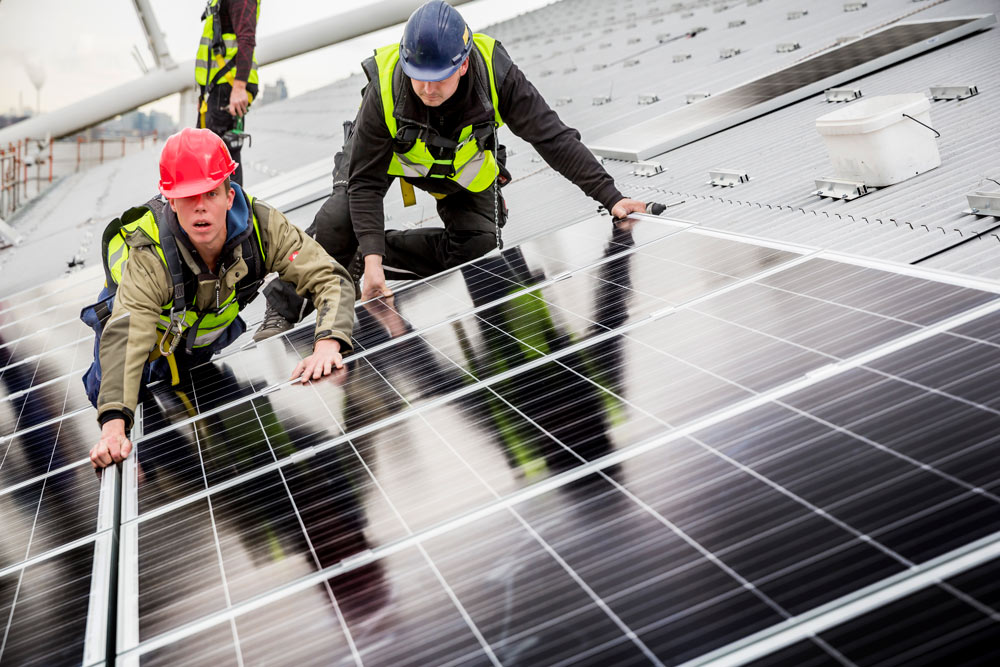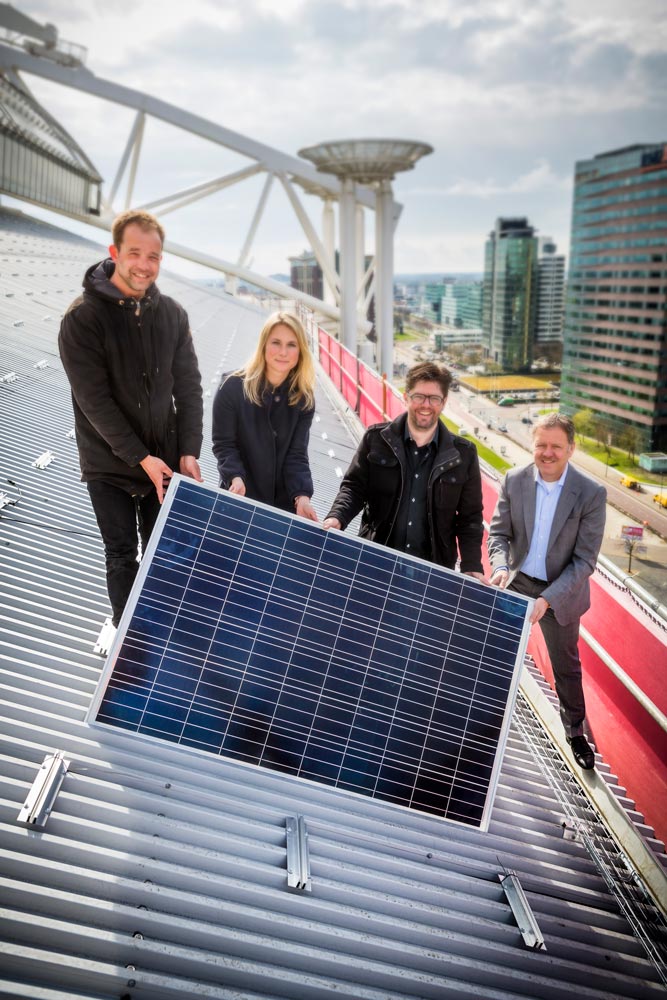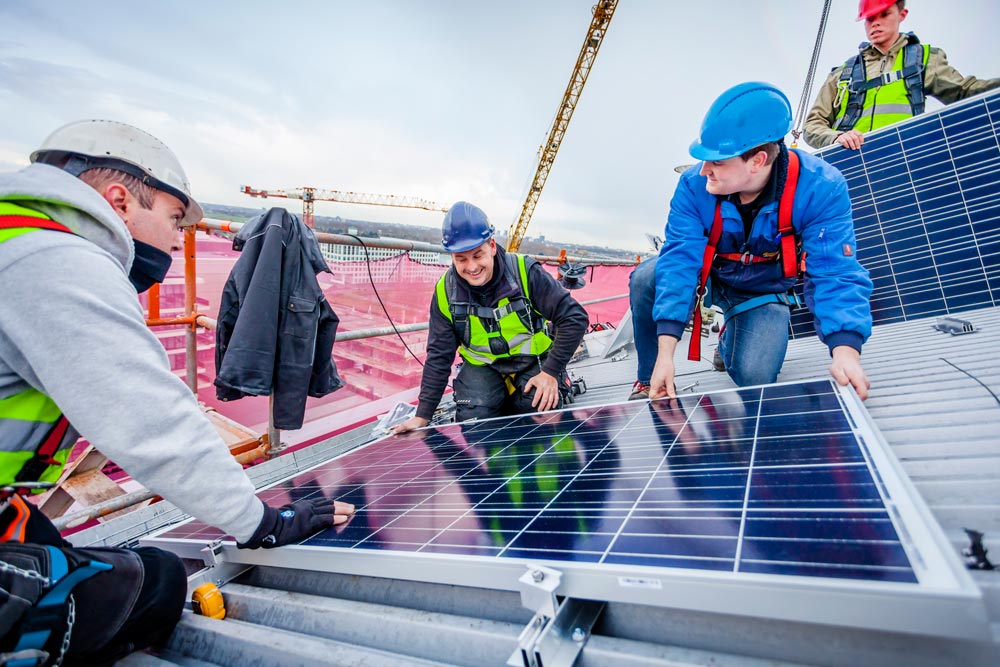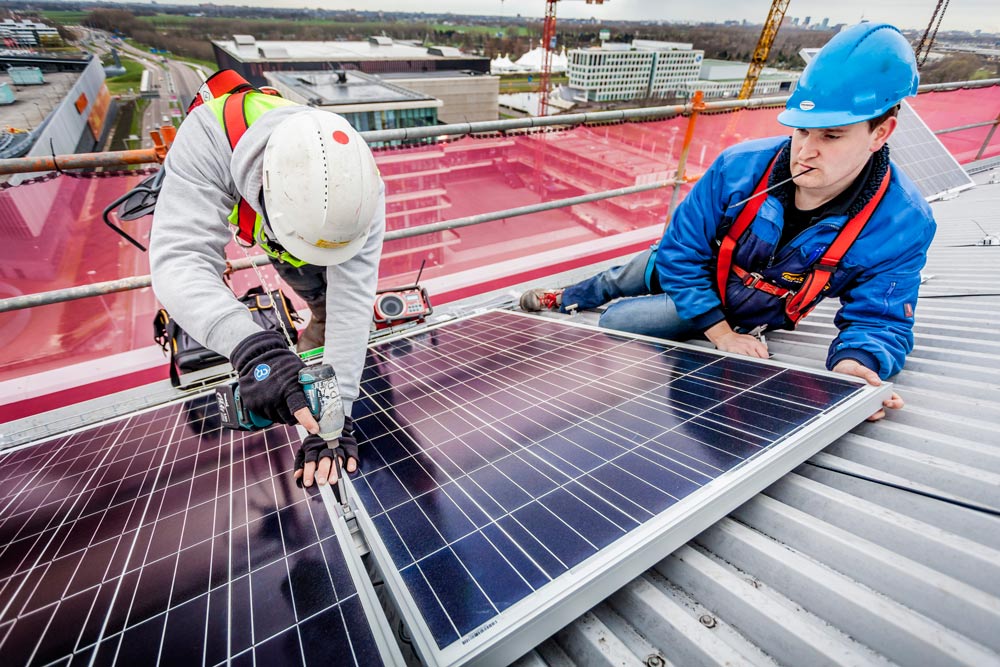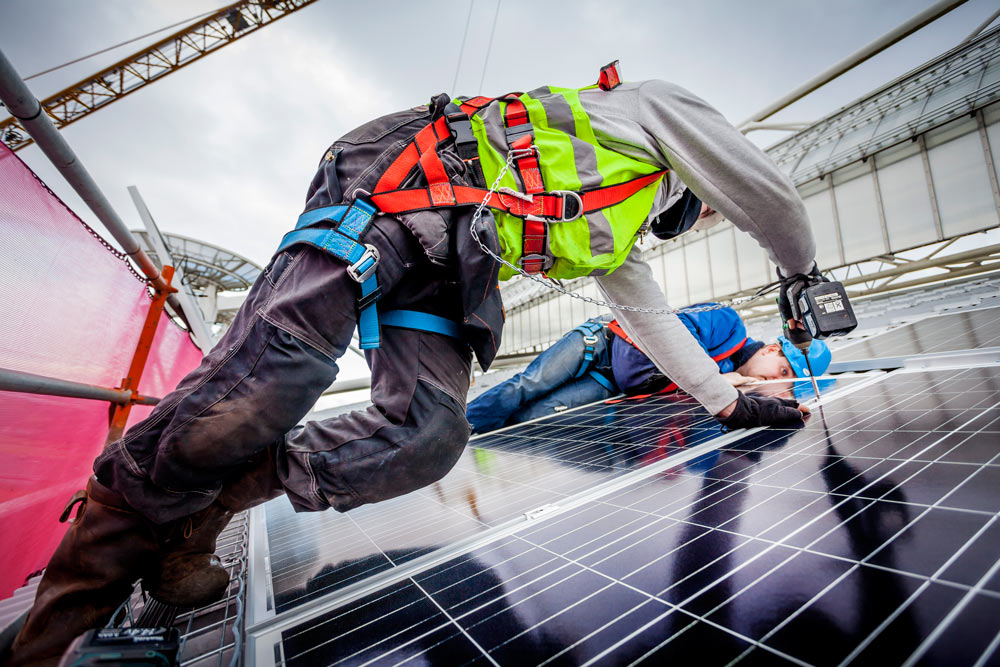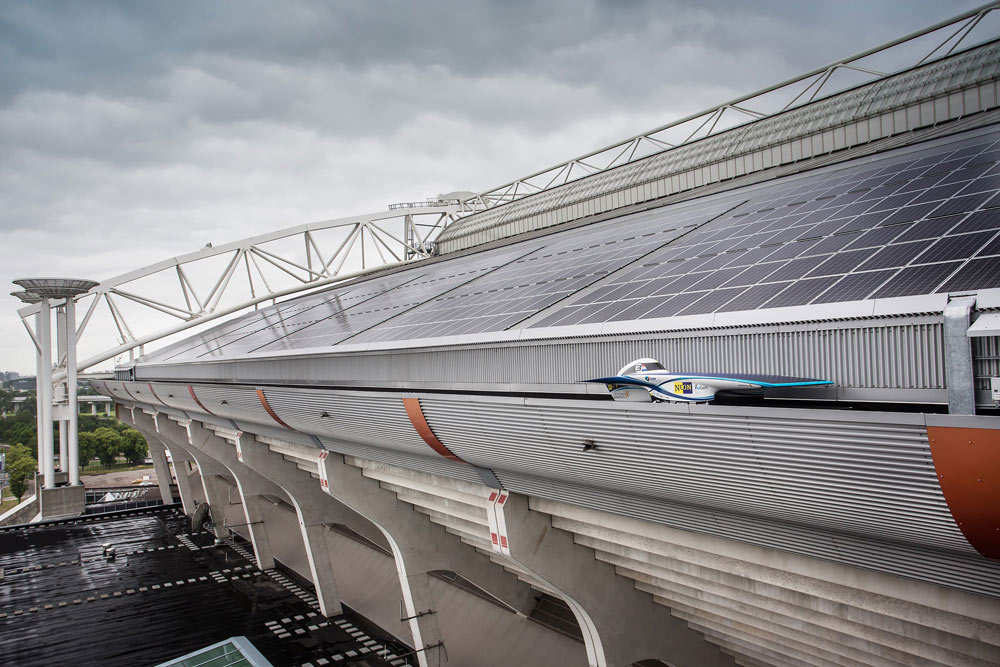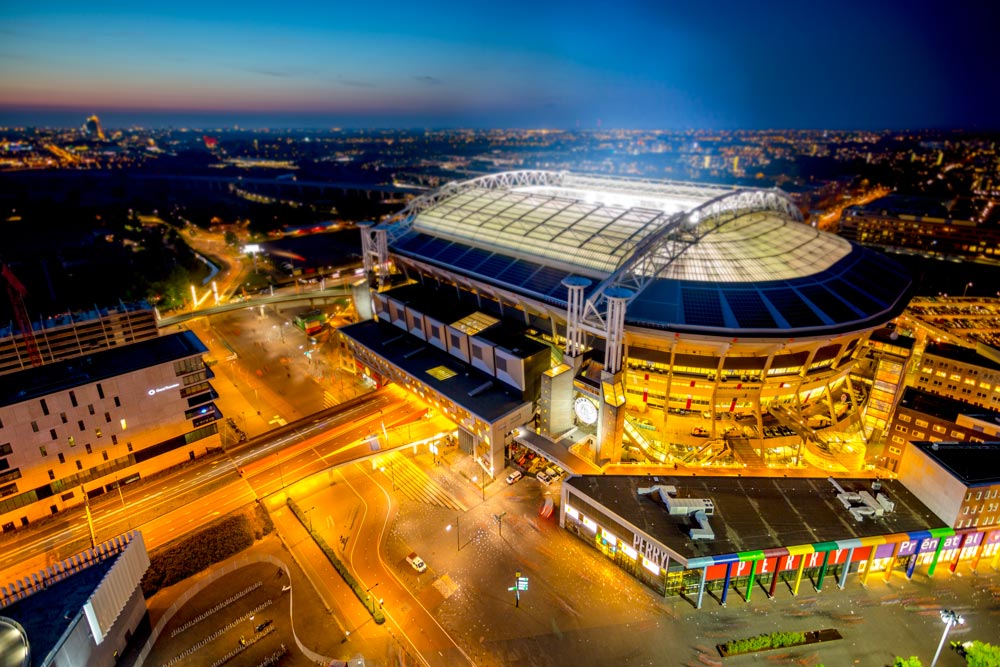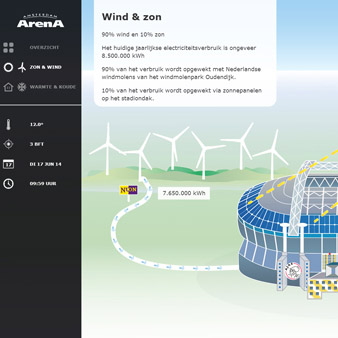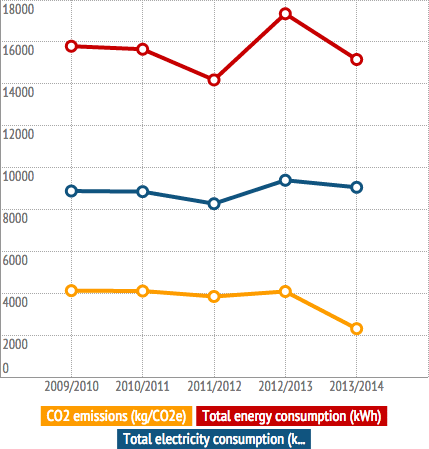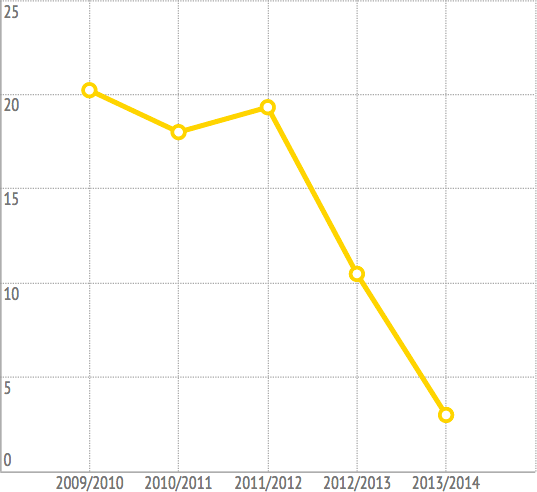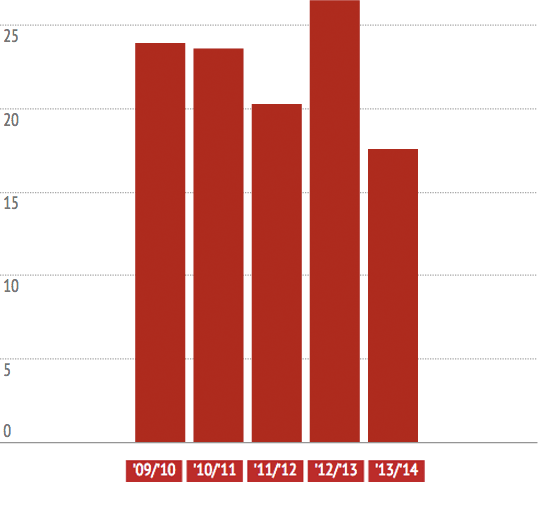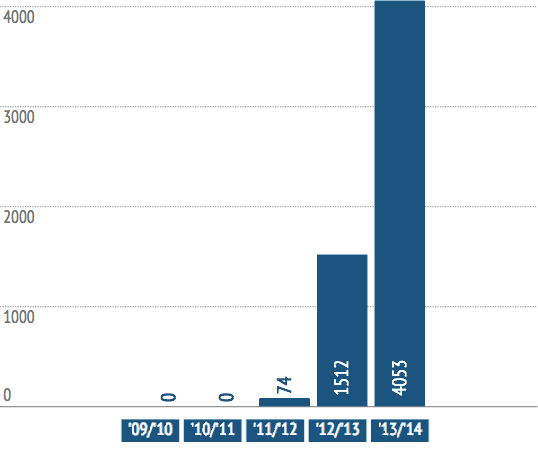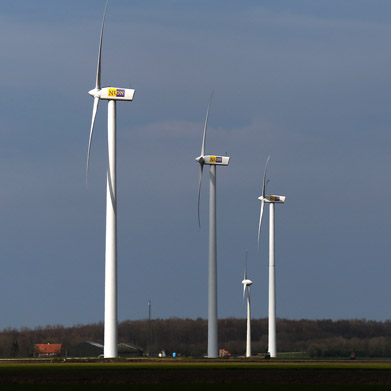
‘ArenA is a beautiful showcase for Nuon as well’
Since 1 January 2014, Nuon has supplied Amsterdam ArenA with not only district heating and cooling, but wind energy as well. Power is generated by the Oudendijk wind farm, near Amsterdam. Given the choice, ArenA would have liked to build a wind turbine right next to the stadium. The demand for 100% Dutch wind energy is a rising trend, says Peter Smink, CEO of Nuon. ‘The Oudendijk wind farm enables us to meet this need. ArenA represents a magnificent showcase for our high standards and best-practice performance.’
‘We’re seeing a growing need in the market for organizations – like ArenA – to set themselves apart by their commitment to sustainability,’ says Smink. ‘ArenA is a front runner in this respect, constituting a valuable demonstration project for us. It provides us with a particular opportunity to show how we can combine various technologies and options, ranging from solar energy through district heating and cooling to wind energy. To us at Nuon, this is where the added value comes in of listening properly and really understanding the need, and then finding the best possible solution in the set framework. That’s just how our partnership with ArenA started off.’
Local focus
Smink understands ArenA’s desire to have a wind turbine installed close to the stadium. ‘Of course, they would prefer to generate their own power using their own wind turbine and their own photovoltaic panels. That’s an excellent way to enhance commitment and boost brand awareness. However, land-based wind farms in the Netherlands, especially in the built environment, are not as efficient as we would like them to be. So, together with ArenA, we studied other alternatives to respond to their needs. The result is that we now supply wind energy through our Oudendijk wind farm.’
Demand versus capacity
Nuon is increasingly confronted by a highly specific demand for a certain type of energy. Smink explains, ‘For instance, many companies only want Dutch wind energy. Unfortunately, we can meet this need to a very limited extent, as demand is growing faster than capacity. And every megawatt hour of electricity generated in the Netherlands can, of course, only be sold once. Besides this, we also have to meet energy needs when there is no wind, and the solution we offer must be financially feasible for customers. We always endeavour to provide the best possible advice in this respect.’
Always looking ahead
As Green Deal partner of the ArenA, Nuon does a lot more than just provide solutions and install systems. ‘We’re always looking for new opportunities to make improvements and involve more companies around the ArenA in the process of optimising sustainability. Commitment to sustainability is an excellent strategy to maximise brand awareness, and Nuon is more than happy to contribute to this.’

